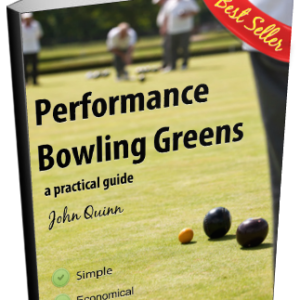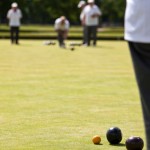The texture of greens turf is influenced mainly by the width of individual grass plant leaves. The preferred texture for fine turf will be based upon leaf widths ranging from 1.5 to 3 mm.
When comparing turf texture, you should measure leaves of the same age or that are at the same stage of development.
Leaf texture varies greatly even within individual species.
The cultural practices employed in maintenance such as mowing height, fertiliser program and aeration can significantly change leaf texture.
Creeping bentgrass can be reduced by up to 50% as can annual meadow grass. This has been experienced on many greens where the decision has been made to manage the existing sward rather than to aim for fine species dominated swards.
Sward density and stresses from disease, drought, wet or cold can also have a significant effect.
When deciding on seed mixtures it is advisable to choose cultivars and species with similar fine leaf textures in order to achieve a uniform turf.
Texture is very closely correlated with turf density, with denser turfs generally having a finer texture overall.




